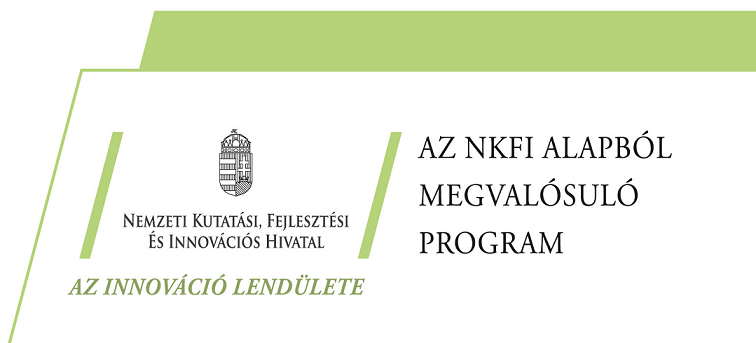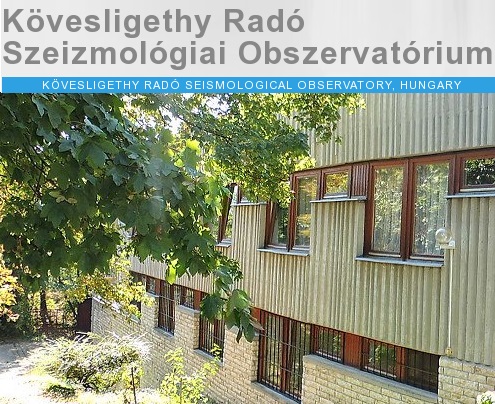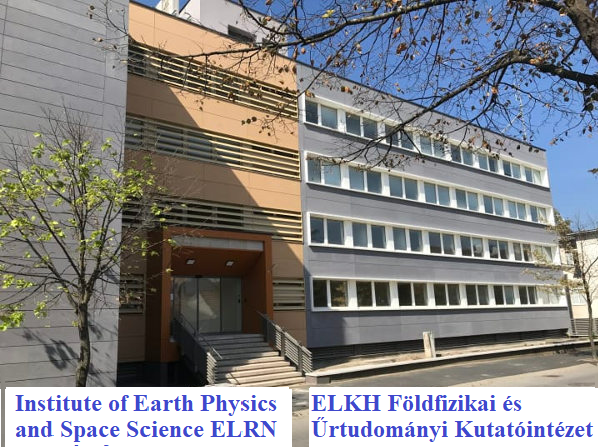Project summary
- Details
- Hits: 517
The study of infrasound waves propagating in the Earth's atmosphere is a young discipline with potentially large scientific and societal impacts.
This project is supported by the Hungarian National Research, Development and Innovation Fund: identifier K128152.

The Comprehensive Nuclear-Test-Ban Treaty Organization (CTBTO) operates a global infrasound station network to monitor atmospheric nuclear explosions. In Europe, the Atmospheric dynamics Research Infrastructure in Europe (ARISE) project is a collaborative infrastructure Design Study project funded by the H2020 European Commission. It includes more than 25 institutes and universities from Europe and the Mediterranean region. ARISE aims to provide a new 3D image of atmospheric disturbances in the troposphere, stratosphere and mesosphere using infrasonic disturbances from volcanoes, thunderstorms, cyclones, up to large-scale atmospheric waves as tides and planetary waves with unprecedented spatiotemporal resolution. ARISE measurements will be used for improving stratosphere-resolving climate and weather forecasting models, for monitoring middle atmosphere climate, for civil applications related to monitoring of naturals hazards such as distant instrumented volcanoes.
The MTA CSFK GGI has joined ARISE as an associate member in 2016. The same year we have been awarded 88 MFt for an MTA research infrastructure proposal to establish the first infrasound array in Hungary. The infrasound array is colocated with a seismological station in Piszkéstető and began operations in June 2017. Our research proposal "Discrimination of natural and anthropogenic events by the joint analysis of seismic and infrasound data" has been awarded for support by the Hungarian National Research, Development and Innovation Fund, K128152. Our project focuses on the automatic discrimination of earthquakes and industrial explosions by developing new methodologies for the joint analysis of seismic and infrasound records.









